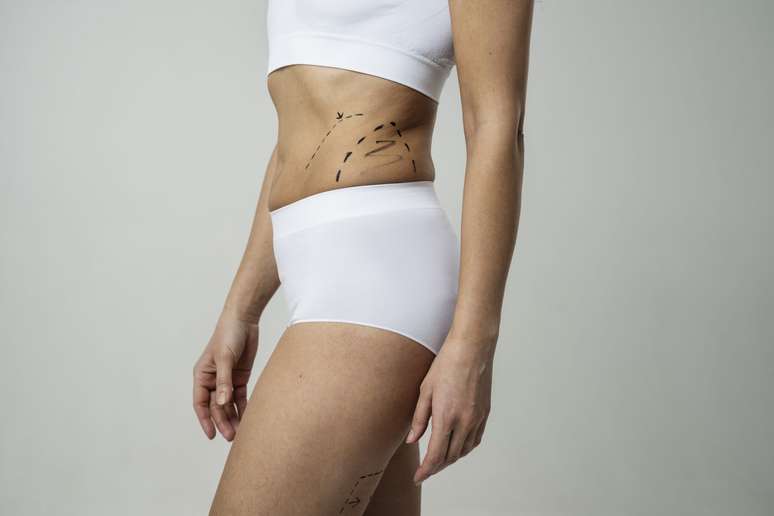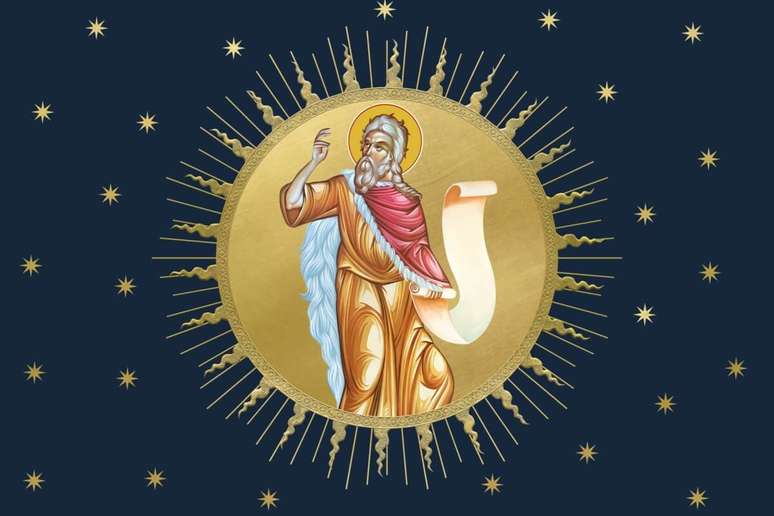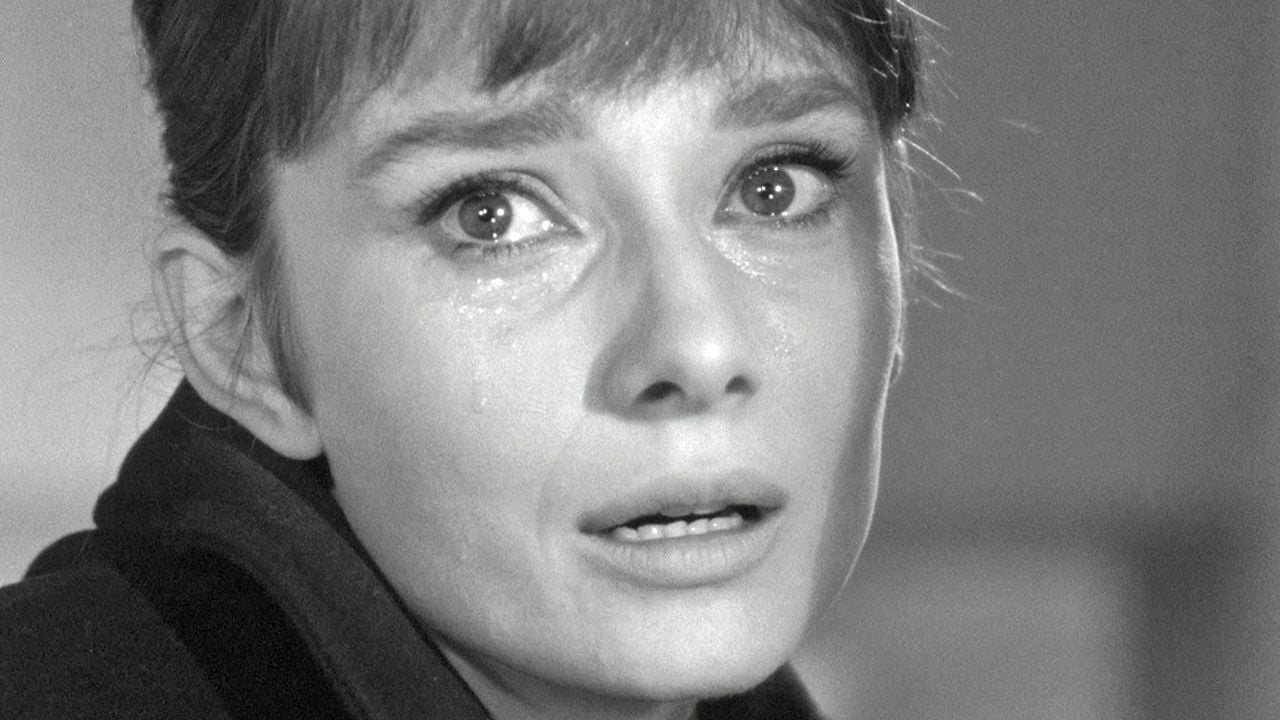Ancient Greece influenced the formation of culture around the world. And nothing less – on beauty standards. Some of the parameters of appearance, which were appreciated in antiquity, today are considered standard.
For the sake of interest, we can check to what extent we correspond to ancient ideas about beauty.
straight eyebrows
The Greeks believed that symmetry was closely related to beauty – both when dealing with a person and inanimate objects. Around this time, Pythagoras formed the golden ratio theory, which helped to test the ideality of the face. For this, the symmetry of all the features was analyzed – even the eyebrows! That’s why expressive eyebrows with strong curves were considered ugly. But thin, straight eyebrows were the norm.
plump lips
If you look at female sculptures from antiquity, you can see that all heroines have rather plump and sensual lips. Apparently, this feature will always be considered the main decoration of a woman’s face – and will make us cheat with lipsticks or make beauty shots.
ADVERTISEMENT – CONTINUED BELOW
cow eyes
Strange as it may seem, the expression “cow eyes” was considered in ancient Greece to be one of the most flattering compliments – and was addressed to famous mythical beauties. For example, Homer’s Iliad refers to the cow eyes of Zeus’ wife, Hera.
So what are those cow eyes? Tall, naive, round, with long eyelashes. This feature is especially popular today.
Blonde or red hair
Reddish-blond and golden shades of hair were considered brighter and more expressive than dark tones. In order to lighten the curls at least slightly, the girls rubbed them with all sorts of mixtures with questionable ingredients – and sat for hours in the sun to burn their hair.
Read also: Lemon juice and ammonia comb: How women cared for their hair when shampoo was considered deadly
Lush buttocks
The appetizing “fifth point” was considered an important part of both female and male beauty standards. It was believed that it was through the buttocks that one could appreciate the charm of a woman.
In the work “The Feast of the Sages” from Athenaeum, about the life of the ancient Greek people, the story is told of a young man who fell in love with a girl when he saw her buttocks.



-vbnfqu6x671s.png)




